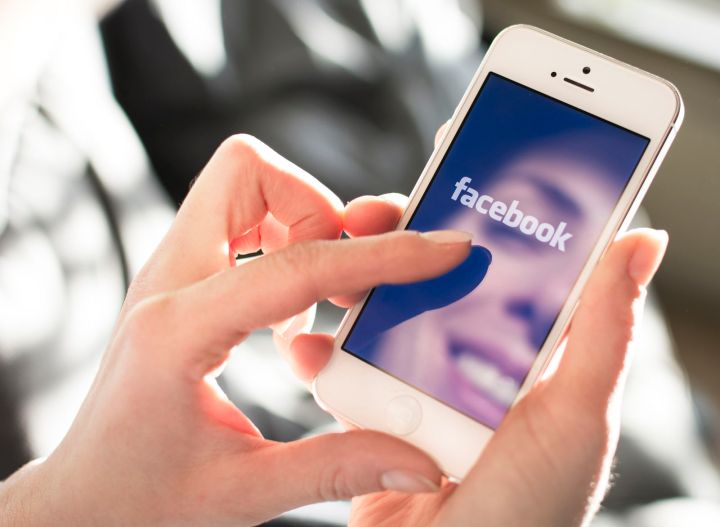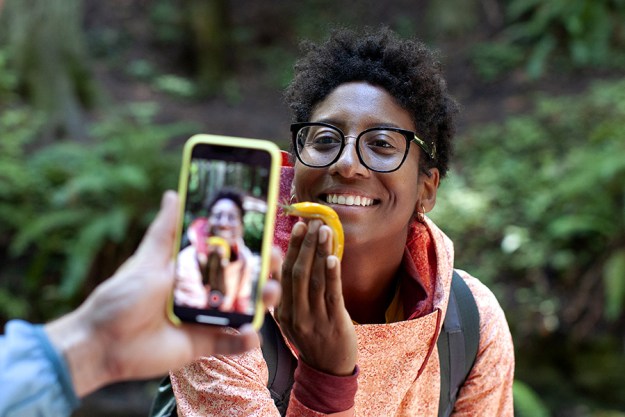
The studies look at campaigns run by the Mercy Corps and World Vision USA and delve into how social media impacts charities — more specifically, how social media marketing affects organizations. Facebook earlier this year dropped the 5 percent fee formerly reserved for providing the donation tools, then later shared that the largest fundraiser in 2017 raised $20 million for Hurricane Harvey donations. The case studies shed additional light on a lesser-known aspect of the platform, how nonprofits use paid posts to reach new donors.
For World Vision USA, a 21 percent return on ad spending allowed the organization to send 75 truckloads of supplies to the hurricane-ravaged parts of Texas and Florida after just one week of ads. The organization created campaigns for the hurricanes, as well as the earthquake in Mexico, to raise funds for emergency relief supplies, like water and blankets.
World Vision’s approach was to use a link-based ad with a “donate now” button allowing viewers to easily see what the organization was working on and how they could help. The organization says that these shared links also served as real-time updates of the damage and how those donations were being used. The link ads were targeted broadly to adults in the U.S. with a focus on users that have previously visited the organization’s website.
World Vision says the campaign both lowered advertising spending while increasing the return on that initial investment above the organization’s norm.
Mercy Corps didn’t have quite the same level of return, but on campaigns created through Facebook, half of all the donors had never supported the organization before. So how did the organization reach so many new users? Facebook’s ad targeting has come under fire lately, but for many businesses and organizations, the tools help reach a specific group of people most likely to buy or donate. As a wedding photographer, for example, I can advertise only to recently engaged couples.
So how do nonprofits use those same tools? Mercy Corps used data about the organization’s existing donors to target similar demographics. The group also used a tool called lookalike audiences, which creates an automatic profile based on the demographics of website visitors or Facebook users that have liked the Page — so if most website visitors are a specific age, for example,
Using those tools, Mercy Corps raised $124,000 for relief after Hurricane Maria in Puerto Rico. The organization said the 2.2-times return on the initial ad spending was half the cost of some other digital advertising options. Beyond the ads, the organization said the platform allowed the organization to answer questions about their work in real time, along with raising awareness for the recovery efforts.
“The targeting resulted in over 850 new donors to Mercy Corps,” said Anne Bell-Fysh, digital strategist at Mercy Corps. “The donations were used, and continue to be used, to support Puerto Ricans in urgent need of assistance.”
Facebook is continuing to expand its tools for organizations, including the recent launch of the Fundraisers API that syncs fundraisers on other sites with
Editors' Recommendations
- How to use Facebook Stories
- Facebook ad boycotters to Congress: Don’t let Zuckerberg off easy
- Stop Hate for Profit, the Facebook ad boycott, starts today. Will it stick?
- How to opt out of targeted ads on Facebook
- With its latest tool, Facebook is out for blood (donations, that is)


